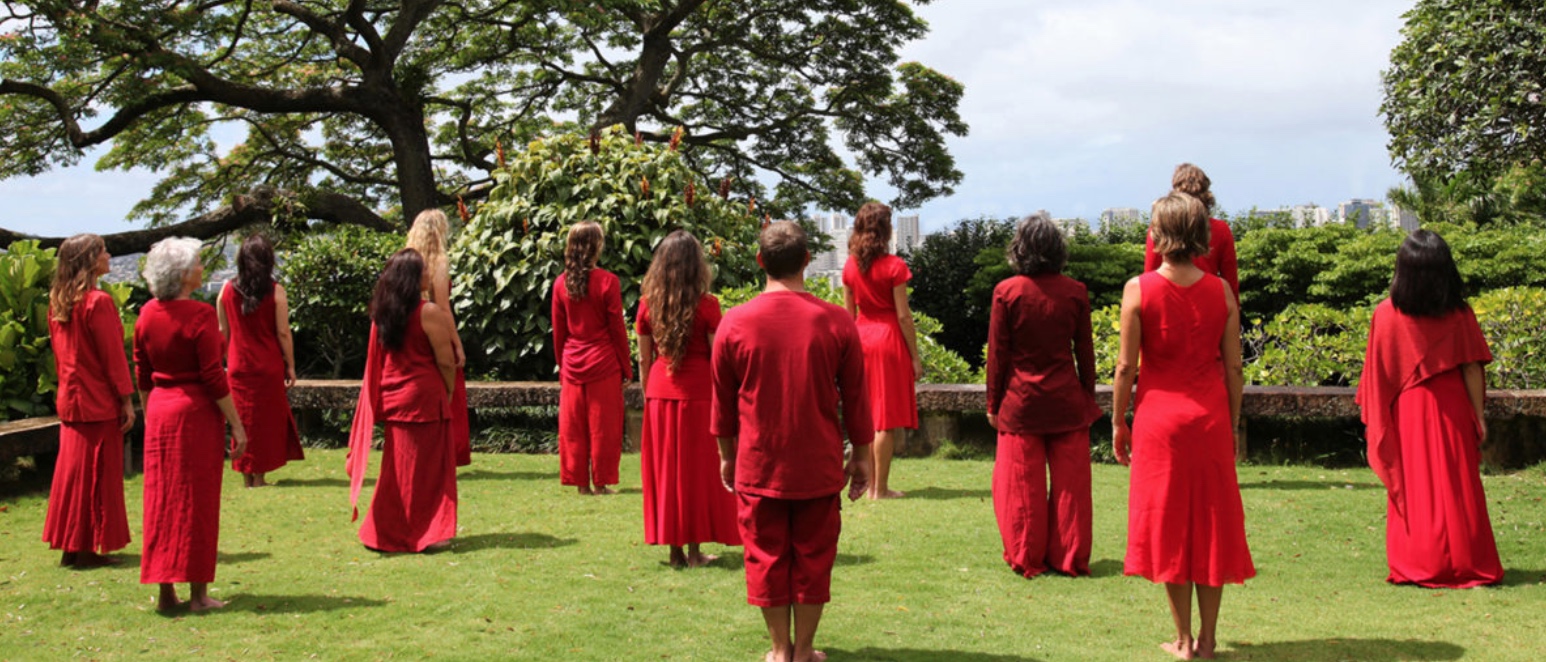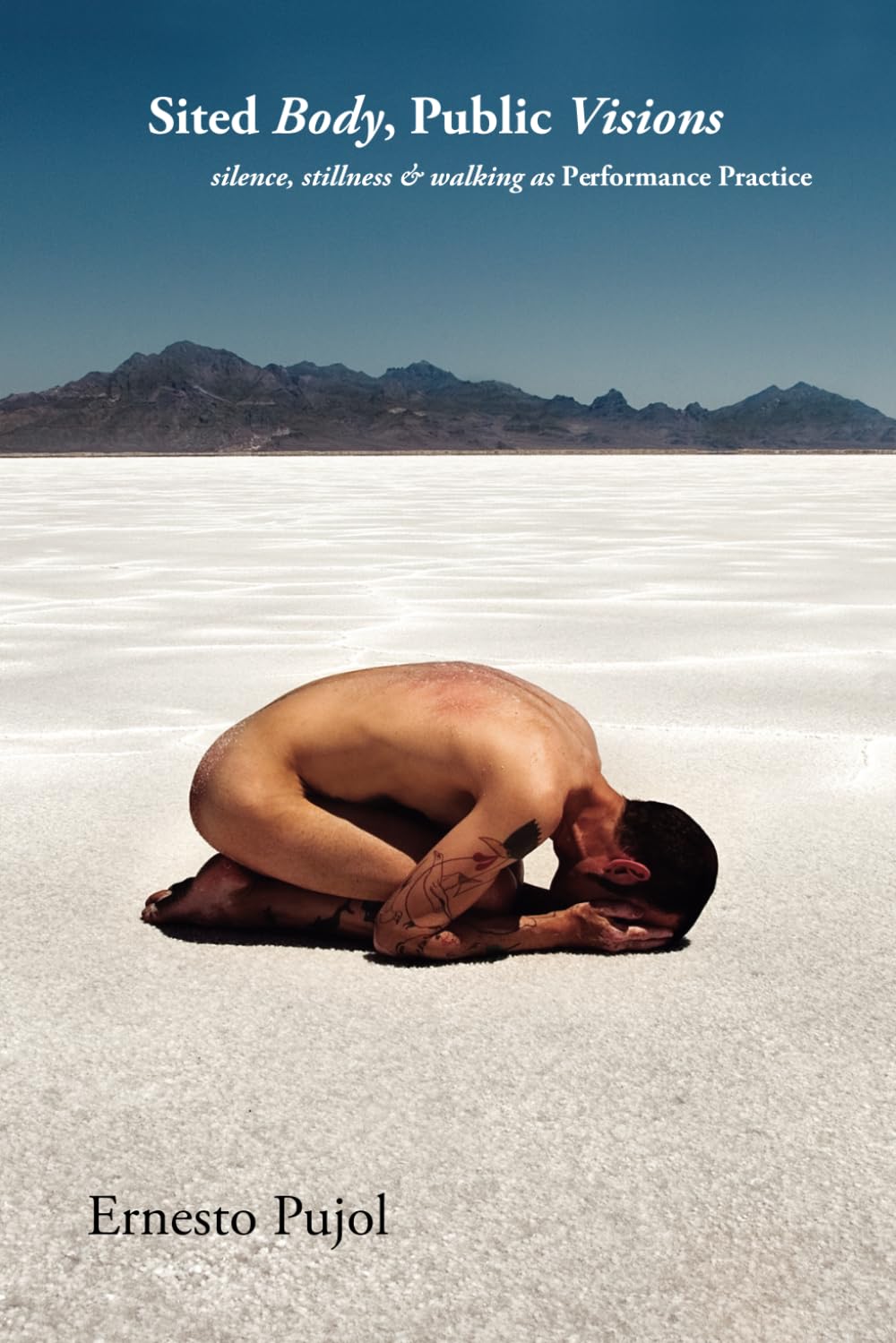How do you document Walking art? Asks your host, Clara Gari from Nau Côclea.
For some artists documenting their work is a process of making a further an artwork in itself, for others the walk is the document.
In 1998, the CDAN (The Centre of Art & Nature) in Huesca, Spain, commissioned a piece for its outdoor sculpture and land art collection from the artist Richard Long: a circle of stones to be placed at the foot of the Maladeta peak, the highest in the Pyrenees that was to be named “Spanish Circle”. Richard Long accepted the commission but requested to create the work during a solo walk through the Aigualluts Valley. Five days later, the CDAN received a photograph with indications that the piece was located in a hard-to-reach area. Thirty years later, nature has made the circle of stones disappear but Richard Long’s work – as a piece of walking art – remains one of the most important pieces in CDAN’s collection.
This case excellently illustrates the questions we will discuss here: for some artists, walking itself is the artwork. For others, the documentation of the journey is not the work itself but is essential for communicating the project on a lasting basis. In such cases, how do they document the work, and how do they share and show it to the public? What resources and strategies best capture the experience and creation of the artist: travel journals, photographs, drawings, sound recordings, video?
So we are asking prominent Walking Artists to tell us how they document their walking work.
We would like to draw from as wide a world of artists, including from our own community, and this event is to launch a series of online café events over the next three years, to which we will invite artists to discuss documenting work.
We are delighted that Ernesto Pujol, social choreographer, author and educator, will illustrate how he documents his walking art.
Confluence events are an opportunity for you to learn more about the part-EU funded Walking Art and local Communities project, and at this event, project Artistic-coordinators Yannis Ziogas and Geert Vermeire will in addition to updating you with the WALC project progress, will also choose examples of what they consider well-documented work from previous Prespa Walk Encounters.
NOTE: Presentations will be made in English, and where possible we will provide Spanish translation.
When booking your ticket, take a moment to bring your walk · listen · create profile is up to date, or add a bio to create one if you haven’t already. To keep up to date with the Walking Arts and Local Communities over its four year duration, make sure you are subscribing to the weekly walk · listen · create newsletter.
The co-funded EU Walking Arts and Local Communities (WALC) project offers an opportunity for public scrutiny of the project, by running bi-monthly free “Confluence events”, in which project partners come together to present how the aspect of the project for which they are responsible is progressing.
Hosts

Walking Arts & Local Communities (WALC) is an artistic cooperation project, co-funded by the European Union, Creative Europe, starting in January 2024 for four years. With seven partners from five countries, WALC establishes an International Center for Artistic Research and Practice of Walking Arts, in Prespa, Greece, at the border with Albania and North Macedonia, backed up by an online counterpart in the format of a digital platform for walking arts.
WALC builds on the previous work of hundreds of artists and researchers already practicing Walking Arts as a collaborative medium, and having met at the significant previous walking arts events and encounters in Greece, Portugal, Spain, France, Belgium, and during online activities at walk · listen · create.

We acknowledge the support of the EU Creative Europe Cooperation grant program in the framework of the European project WALC (Walking Arts and Local Community).
Funded by the European Union. Views and opinions expressed are however those of the author(s) only and do not necessarily reflect those of the European Union or the European Education and Culture Executive Agency (EACEA). Neither the European Union nor EACEA can be held responsible for them.
| Video recording of Confluence 6 |
Related
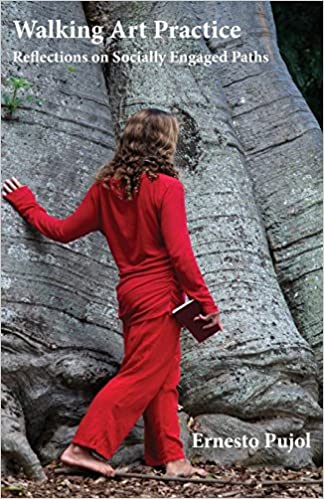
Walking Art Practice: Reflections on Socially Engaged Paths
Walking Art Practice, Reflections on Socially Engaged Paths was published by Triarchy Press, London in 2018. Serving as an intimate walker’s manifesto, this little book consists of a generous collection of short, personal, field reflections by artist Ernesto Pujol on walking as a socially engaged art form, bringing together his experiences as a former monk,
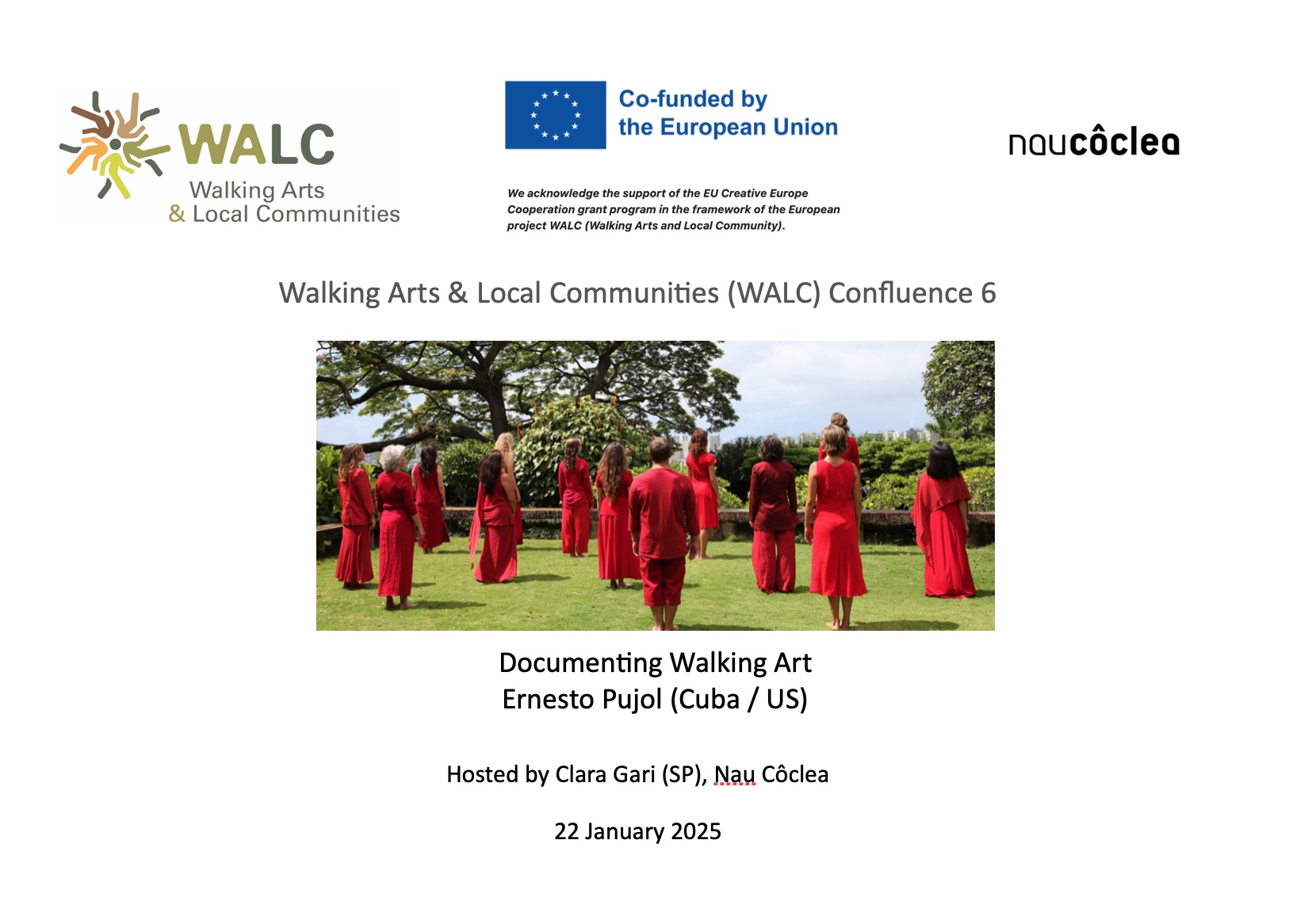
Documenting walking art – WALC Confluence 6 hosted by Clara Gari with guest Ernesto Pujol
How do you document Walking art? Asks your host, Clara Gari from Nau Côclea. For some artists documenting their work is a process of making a further an artwork in itself, for others the walk is the document. What resources and strategies best capture the experience and creation of the artist: travel journals, photographs, drawings, sound recordings,
Grand Tour Slow Train soundwalk
Grand Tour is a 250 km three week walk performed by artists of all disciplines. In 2019 Grand Tour goes from the Ebro River Delta to the city of Lleida. The journey starts on august 14th and ends on september 1rst, the day of the world soundwalk. This day walkers will take a train back
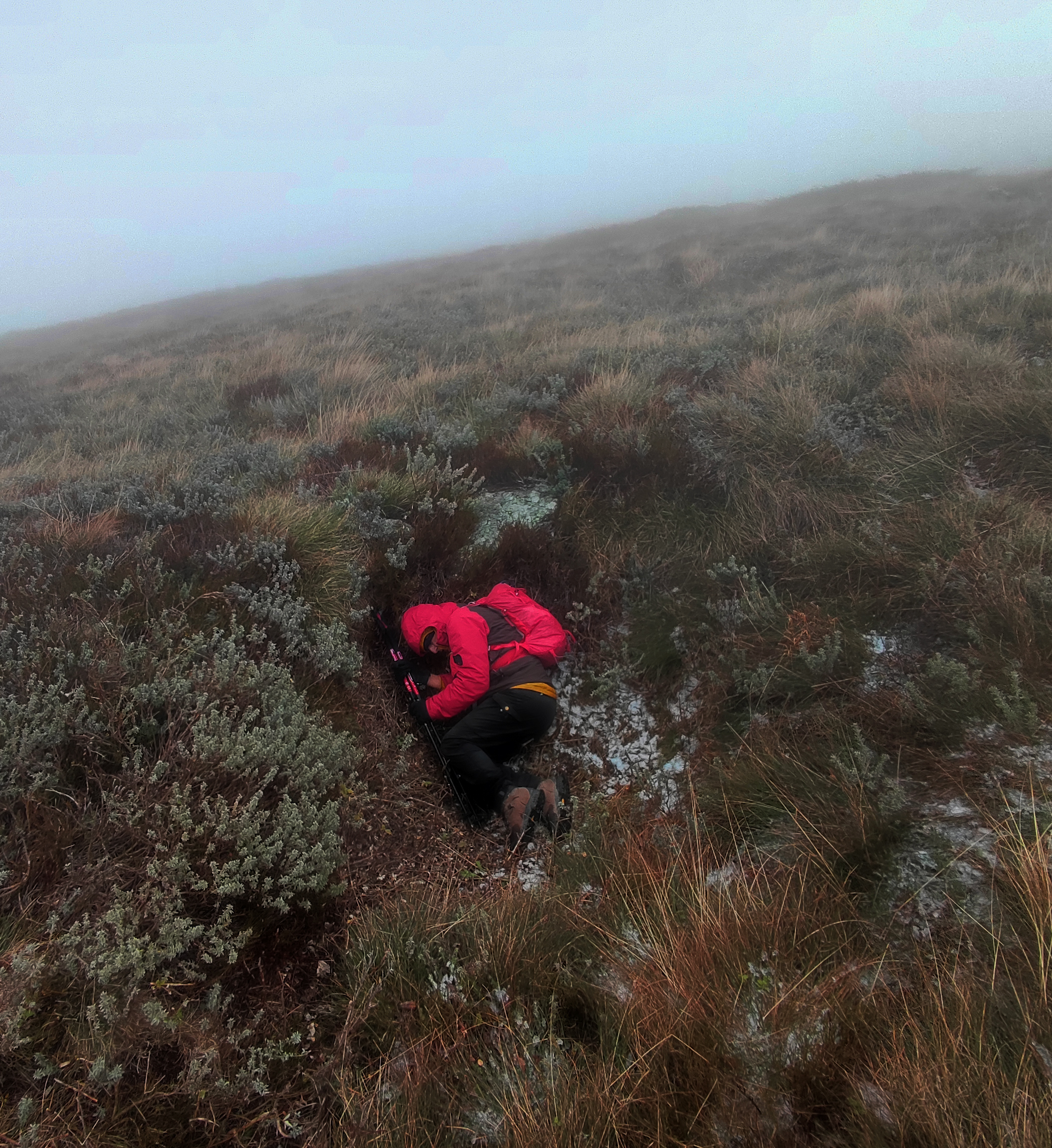
Ascending into Trenches
Yannis Ziogas I wander in places visible and invisible. I find objects, I trace experiences, I foresee conditions of creativity. Where do I locate myself? I have been in places […]I have wondered in conditions and situations[…] And now I am here. Where is that here? Who do I find in this here?
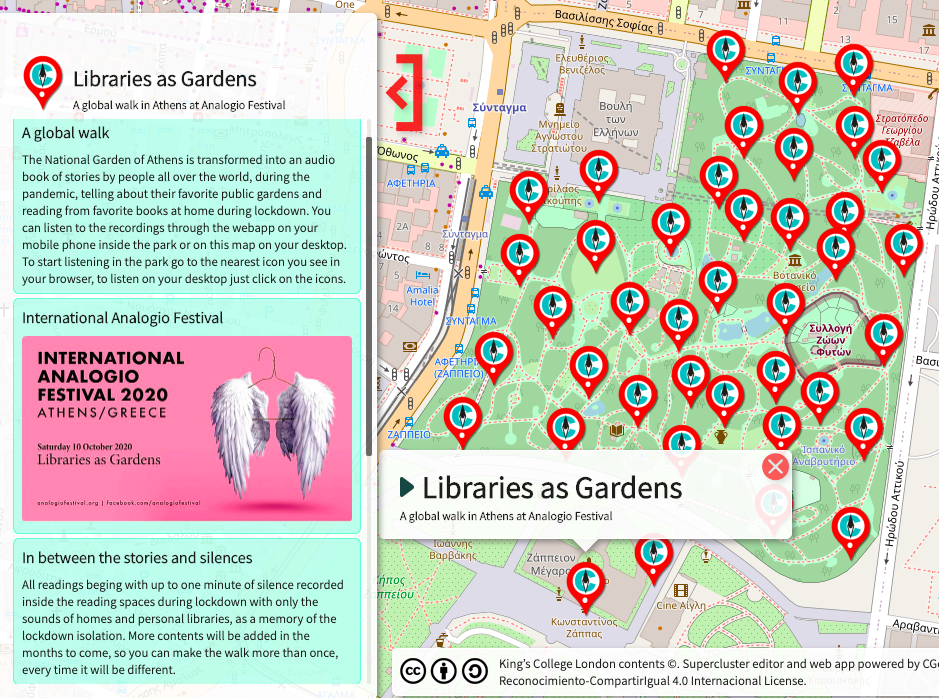
Libraries as Gardens – sound walk in Athens
The National Garden of Athens is transformed into an audio book of stories by people all over the world, during the pandemic, telling about their favorite public gardens and reading from their favorite books at home during lockdown. You can listen to the recordings while walking inside the National Garden of Athens through a webapp


